
Are you setting fair prices for your ecommerce brand?
When doing research and benchmarking your products, do you wonder how your competitors decide on a price and how customers choose between differently priced products? What is a fair price to you?
There is a behavioral pattern behind a buying decision-making process. Customers are bound by reference prices from past experiences that they have internalized. When they judge the fairness of a price, they benchmark with these internal reference price points.
Besides, they are all too familiar by now with the old trick of crossing out a higher price and presenting the actual one as a discounted one. This is illegal in the European Union, for example.
So let’s dive deeper and find better ways of pricing your products fairly.
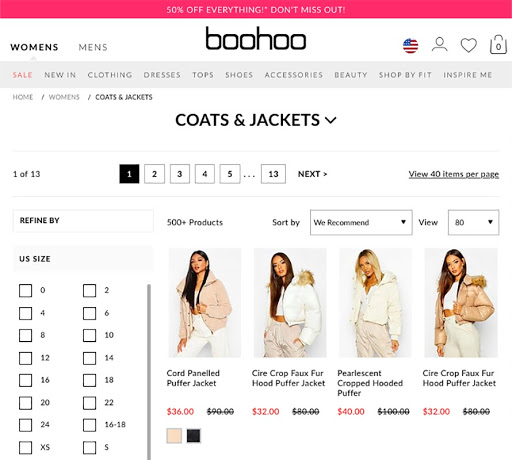
Elements of price fairness
When deciding on the fairness of a price, a 4-step evaluation is usually used.
- Transparency
In simple terms, pricing transparency is giving out information on what your brand and store take into account when setting a price for a product. You may be nervous about revealing such information, but, actually, being transparent about your pricing policy is a win-win solution. Why?
Customers tend to assume that the price of a product is considerably higher than the fair amount, i.e. the profit margin is far higher than they would like. Display your products’ prices with pricing guns.
They are good at comparing current prices to historical data and competitor prices but overlook the impact of inflation and overhead costs. You can talk about these costs that slip customers’ attention and explain why there is such a difference between the amount they expect and the actual price.
Related: Winning the price wars
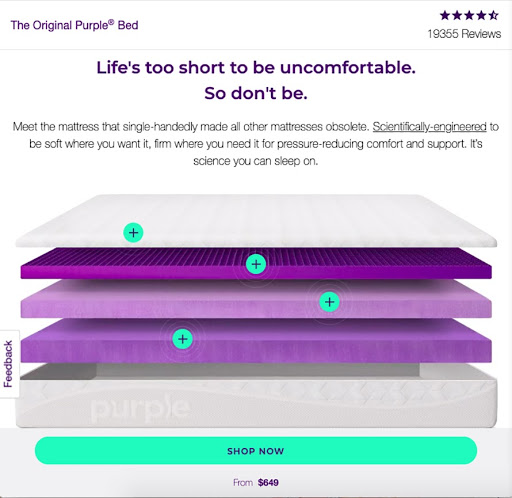
Research shows that price transparency makes customers more willing to pay more and speeds up their purchases. Also, the more transparent you are, the less they are likely to regret their purchasing decision and less likely to make returns.
On the other hand, if you sell premium products, describe at length the quality of your goods and don’t get into details about the pricing too much. This type of customer cares more about quality and uniqueness rather than complex pricing calculations.
- Equality
If you’re going to test different prices on different market segments, customers will demand a reasonable explanation.
Amazon got into a huge scandal for this in 2000. Some Amazon shoppers found out that the store offered each of them different prices at the same time, based on the browser they used. Of course, the browser difference didn’t count as a reasonable explanation, and the company faced harsh criticism. CEO Jeff Bezos had to call the test ‘a mistake’ and explain they never test prices based on customer demographics.
Related: What you can do better than Amazon
When testing variable prices on different customer groups, be sure that your test groups do not differentiate on customer demographics. Discriminatory prices based on supply and demand are normal from an economic point of view but discriminating on the basis of demographics is not acceptable any more.
When you plan to target a specific group of customers with special deals, offer them personal discounts based on certain criteria. For example, when they have been a customer for over 2 years or when they have exceeded the average order value. These types of offers won’t cause you any trouble.
- Normality
The online retail industry has its governing rules and norms.
You may want to go with a unique pricing strategy that won’t fit with these norms. Unfortunately, in this case, customers might think your prices are unfair because they are so different from your competitors’. Be ready to defend your strategy and lose some customers.
Suppose you sell Beats by Dr. Dre Studio 3 Wireless Headphones, and it’s Cyber Monday next week. Every online store has a sale. Except for one, see the store on the left in the screenshot down below.
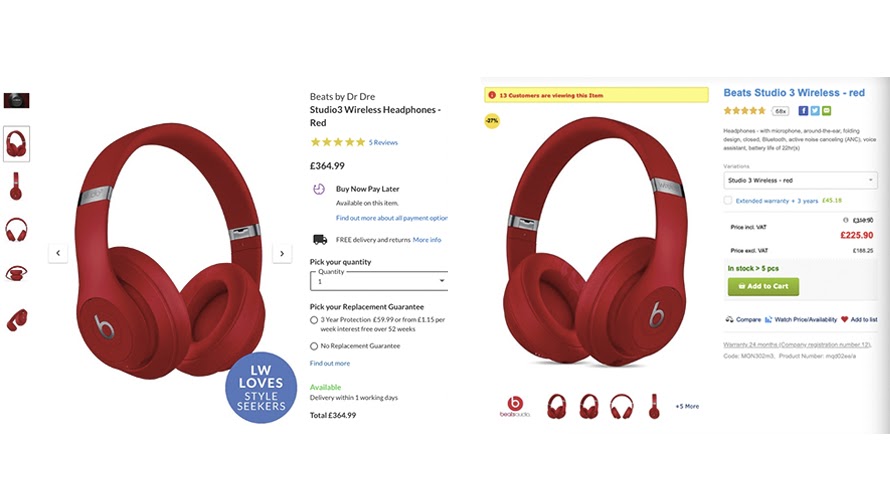
Of course, the store owner is free to decide her own sales calendar, but she won’t be enjoying the consequences.
That is why online stores usually enter the market at a bit lower price point than the average to attract customers to an unknown brand. If you enter at very low prices, your brand will look a scam. If you enter too high, you don’t get any customers through the door because nobody knows if your products are worth it.
- Consistency
Behavioral research shows that consumers prefer consistent prices. However, in an attempt to dump prices and beat any competition, Amazon makes 2.5Mn price changes every day with the help of its dynamic pricing engine. Even though SMBs don’t have the same resource power, they too can make daily price adjustments against their competitors to stand out from the crowd.
But there is a limit to this too. Needless to say, you can’t double the price of a product today and lower it to half the next day. Today’s prices will shape tomorrow’s buyer expectations and will have an impact on their purchasing behavior. If customers know that prices are relatively steady, meaning there are no substantial price fluctuations, they are more likely to buy earlier and eventually spend more.
Pricing tactics based on consumer behavior studies
Promote high-quality products
Consumers tend to believe that there is a strong relationship between the quality of a product and its price. Most of the time, it is a baseless assumption.
If you exclusively sell premium products, make sure customers grasp their quality. In case of a heterogeneous product line, promote the high-end products. This way you’ll improve the customers’ perception of your brand’s product quality, and by extension, the fairness of your prices.
Related: Your brand story as a marketing tool
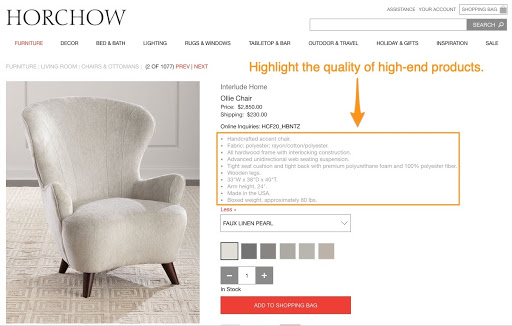
Create a loyalty program
It’s more than natural to show how much you appreciate your loyal customers. They account for a large share of a company’s revenue, and 34% will buy from their favorite store even if it means spending more.
Customers who know your brand are less price-sensitive and don’t shop around if they know you carry what they need. Pnly, be sure to keep up the differentiation that attracted them in the first place and that justifies higher prices.
Set prices according to industry norms
Competitor prices are essential to your marketing strategy. Setting prices without considering competitor prices can have very unpleasant consequences. To stay competitive, you must monitor and record competitor prices and make (daily) adjustments. You can either do it manually or with the help of price tracking software like Prisync.
Manual tracking seriously hinders your marketing capacity by taking an insane amount of time, and as a consequence, costing a lot.
With the price tracking software, on the other hand, you can pursue a dynamic pricing strategy, where you frequently adjust prices against competitors. The software automatically tracks competitor prices and instantly adjust prices against the changes.
Make consistent pricing decisions
While offering prices below the market average, marketers should bear in mind that customers easily get used to the lowest price they see. So don’t close doors for yourself and keep the option of raising your prices open.
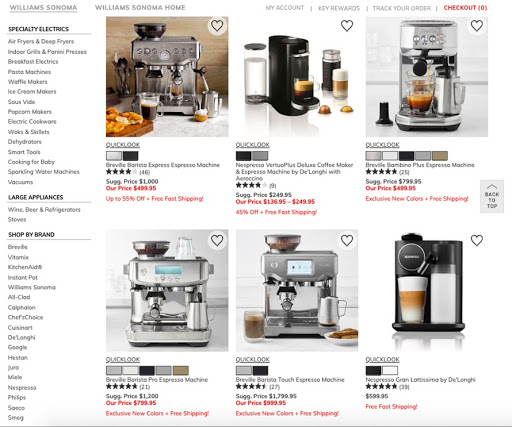
Final Thoughts
Research on consumer behavior shows that the perception of price fairness depends on the trust relationship between a customer and a business. Four factors play an important role in this relationship:
- Transparency about how you price your products
- Being able to offer a justification for price differences
- Conforming to the competitive industry norms
- Making price changes while mainteining a level of price consistency
Build and grow your ecommerce brand
Metrilo’s mission is to help you build your ecommerce brand and win your place in the customer’s heart. We share what we learn from our daily work with product innovators and founders here. Subscribe to our weekly newsletter to get the freshest lessons and conquer your niche.
We promise, no spam.
Thank you for subscribing!
See you soon :-)



